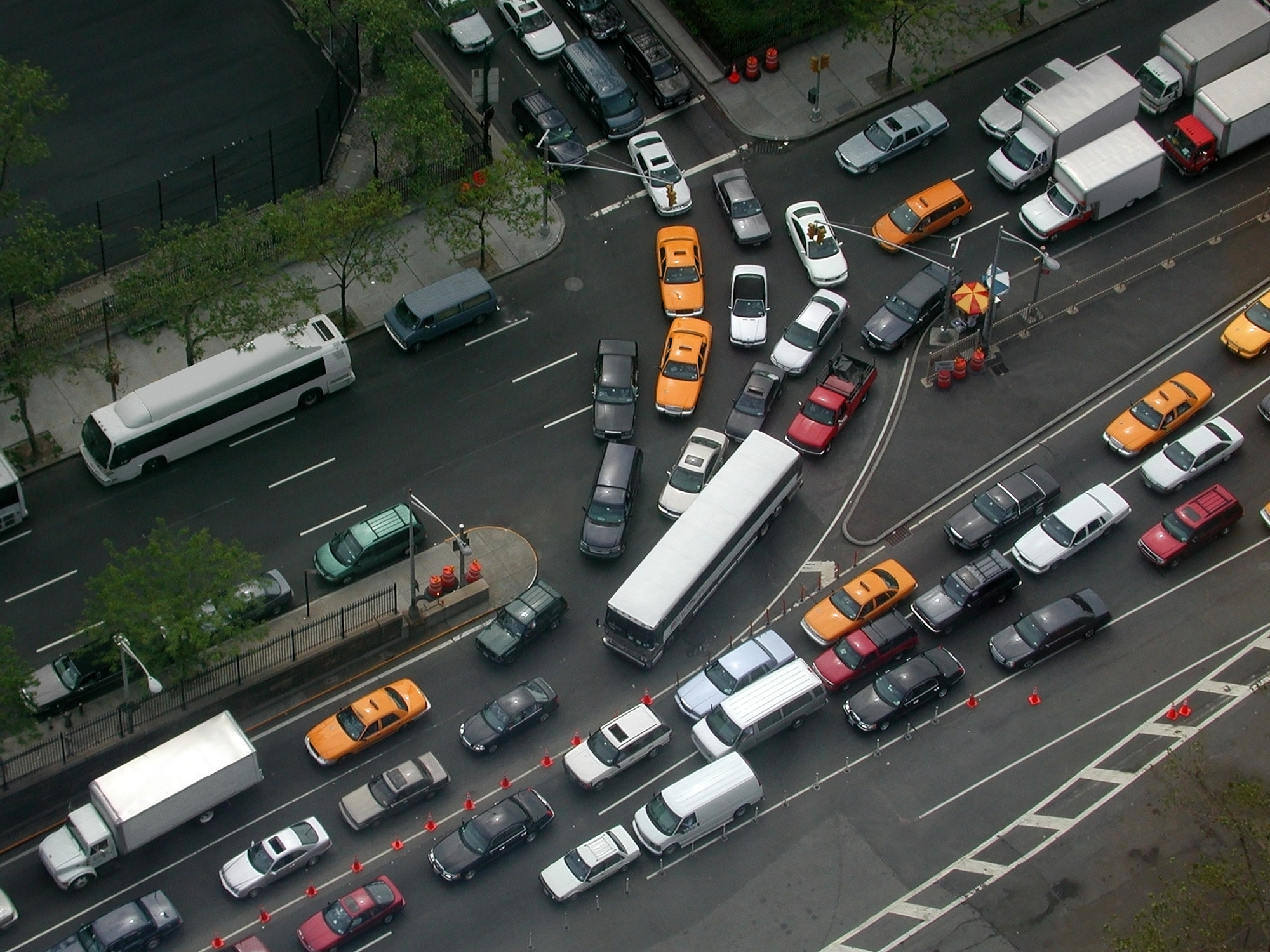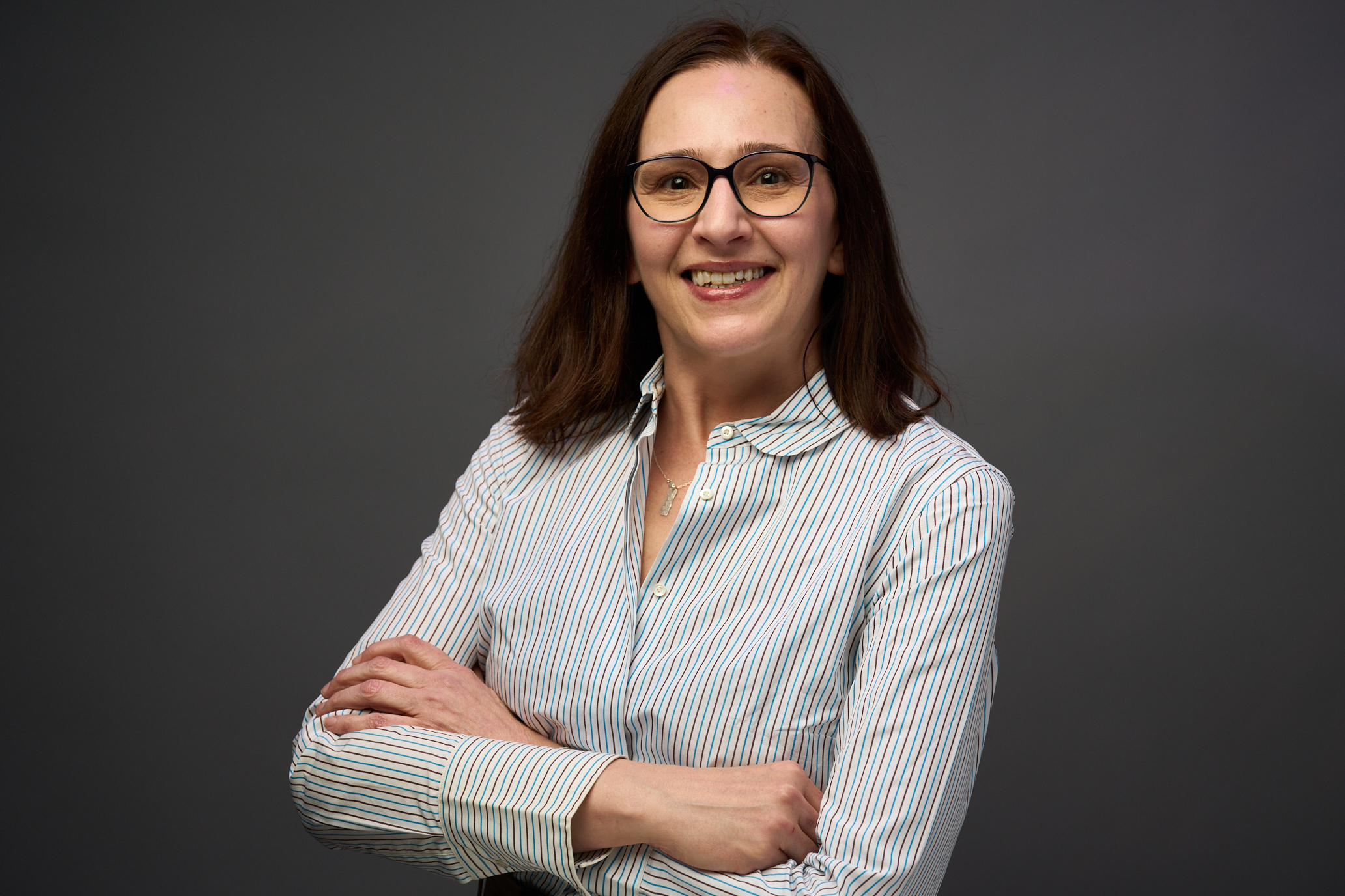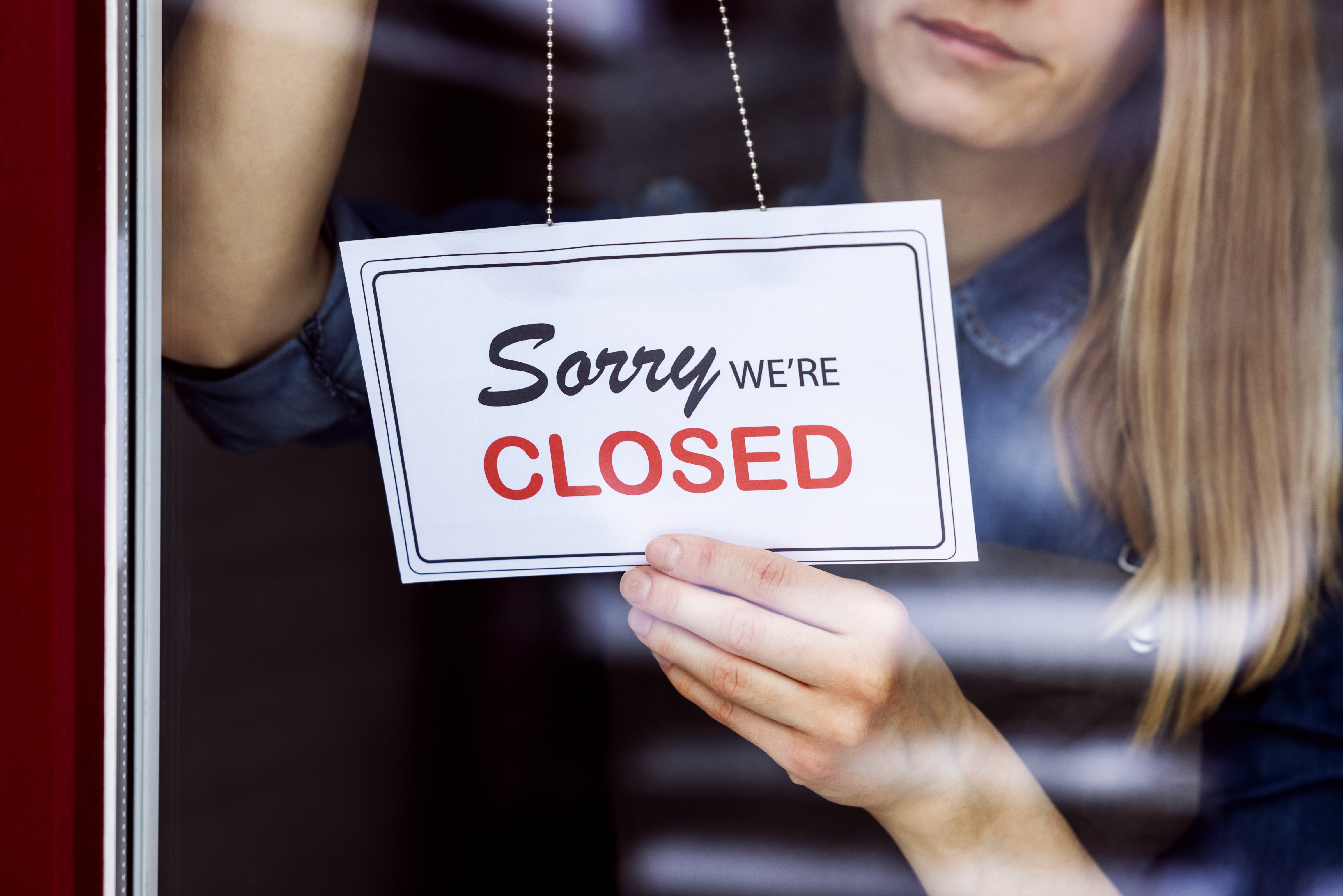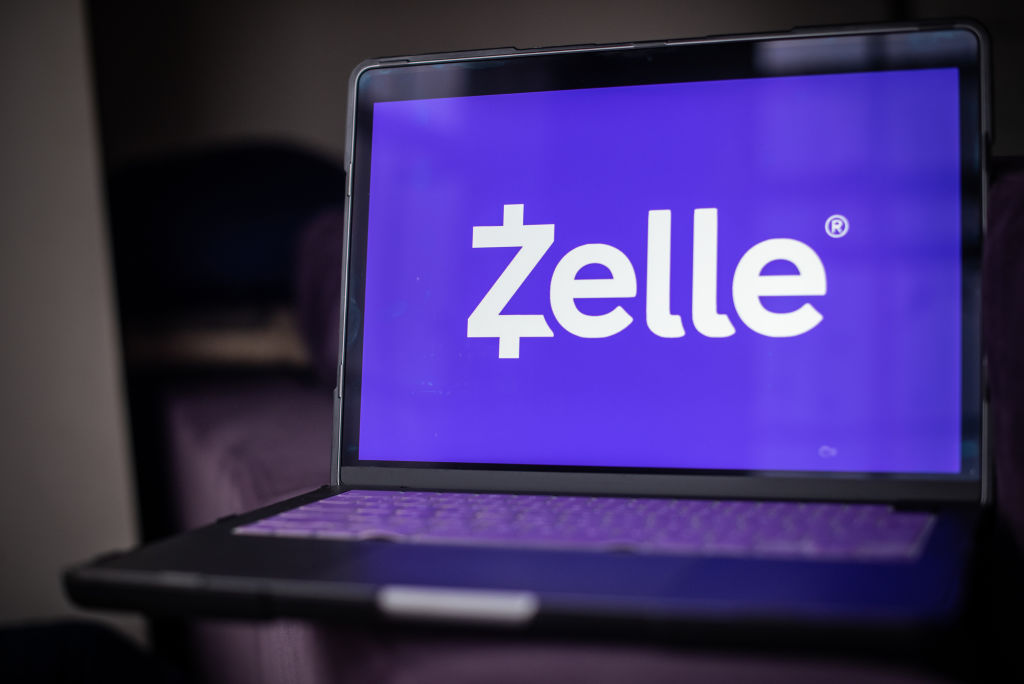NYC Congestion Pricing Makes Traveling By Car More Expensive
The congestion pricing fee schedule has been finalized and it will begin on June 30.


Being a driver or passenger in Manhattan will be getting more expensive. The Metropolitan Transit Authority (MTA) overwhelmingly approved the proposed congestion pricing plan by a 12-1 vote. As of June 30, 2024, motorists entering what the MTA is calling the Congestion Relief Zone (streets and avenues at or below 60th Street in Manhattan) will have to pay a toll.
There are still a few small hiccups. The MTA is still facing seven lawsuits that oppose the plan, but the agency is undeterred and will continue working toward implementation. The 110 gantries needed to detect motorists entering the zone and assess tolls have been erected.
Details of how much the first congestion pricing plan in the U.S. will cost have been finalized. The toll will apply to most motorized vehicles that drive in the Manhattan Central Business District during designated hours. Passengers of taxi and ride share services will have an additional fee added to the fare.

Sign up for Kiplinger’s Free E-Newsletters
Profit and prosper with the best of expert advice on investing, taxes, retirement, personal finance and more - straight to your e-mail.
Profit and prosper with the best of expert advice - straight to your e-mail.
There are schedules for both peak and off-peak pricing. Vehicles that pay any way other than using the E-ZPass electronic toll system will pay significantly more. For instance, the peak price for passenger vehicles is $15.00 with E-ZPass and $22.50 without. The tolls for non-E-ZPass users are on average 33.4% more.
Where is the toll zone?
The Central Business District (CBD) Tolling Program is the official name of the congestion pricing program that will take effect sometime this year in parts of Manhattan.
Drivers will be charged a toll to enter the Manhattan Central Business District that begins in Manhattan south of and including 60th Street down to the southern tip of the Financial District. The plan excludes the FDR Drive, the West Side Highway and the Hugh L. Carey Tunnel connection to West St. Vehicles will be charged the full toll if they deviate from these highways or connections.
How do you pay the toll?
Drivers will be able to use their E-ZPass tags as they already do to pay tolls on other roads, bridges and tunnels. For those who do not have E-ZPass, a bill will be sent by mail to the registered owner of the vehicle.
Consider getting an E-ZPass transponder and driving to Manhattan if you don't have one. The tolls are 66.6% higher when you pay any way other than E-ZPass.
In the first 60 days of the program, drivers will only be charged the applicable Congestion Relief Zone toll. No additional fees, charges, or fines, such as late fees, will be applied.
How much will drivers be charged?
Below is the schedule of toll fees that will be charged based on the type of vehicle used in the congestion zone.
| Vehicle Type | Peak Congestion Fees in effect 5 a.m. until 9 p.m. weekdays and 9 a.m. until 9 p.m. weekends | Off Peak Pricing |
| Passenger drivers | $15.00 | $3.75 |
| Motorcycles | $7.50 | $1.75 |
| Passengers of taxis green taxis, and black cars | $1.25 per ride | N/A |
| Uber, Lyft, other ride-shares passengers | $2.50 per ride | N/A |
| Small trucks | $24.00 | $6.00 |
| Large trucks | $36.00 | $9.00 |
| Vehicle Type | Peak Congestion Fees in effect 5 a.m. until 9 p.m. weekdays and 9 a.m. until 9 p.m. weekends | Off Peak Pricing |
| Passenger drivers | $22.50 | $5.50 |
| Motorcycles | $11.25 | $2.75 |
| Passengers of taxis green taxis, and black cars | $1.25 per ride | N/A |
| Uber, Lyft, other ride-shares passengers | $2.50 | N/A |
| Small trucks | $36.00 | $9.00 |
| Large trucks | $54.00 | $13.50 |
Are there any exemptions to the toll?
New York City operates over 30,000 vehicles, the largest municipal fleet in the country, according to the mayor's office. In addition to the previous exemption of qualified emergency and specialized government vehicles, the MTA has added an exemption for virtually every city-owned official car.
Qualifying authorized emergency vehicles, such as ambulances and fire trucks, will be exempt from the congestion tax. Specialized government vehicles not intended for general transportation, including street sweepers, sanitation trucks, and roadway repair equipment, will also be exempt from the congestion tax.
- Exemptions for the disabled: The Individual Disability Exemption Plan (INDP) is an exemption for qualifying vehicles transporting people with disabilities. Disabled individuals can apply for an exemption for their car or one they designate. Vehicles successfully enrolled in the Individual Disability Exemption Plan (IDEP) are exempt from the tolls. Instructions and requirements to receive the INDP can be found here on the MTA website.
- Exemptions for busses: Transit buses, commuter buses and school buses will also qualify but sightseeing buses will pay the toll. School busses serving public, charter and parochial schools all qualify for the exemption. The Hampton Jitney, Greyhound, Mega Bus and FlixBus will not be hit by the toll.
- Busses NOT exempt: Charter, NY Waterway buses and NYU employee shuttles will not get an exemption.
- Tunnel crossing credits: Vehicles using E-ZPass and entering in the daytime via one of the four tolled entries in the CBD (Lincoln Tunnel, Holland Tunnels, Queens-Midtown Tunnel, and Hugh L. Carey Tunnel) will be eligible for a credit. The credit amount will be up to $5 for passenger vehicles, up to $2.50 for motorcycles, up to $12 for small trucks and charter buses and up to $20 for large trucks and tour buses. The schedule of credits can be found here on the MTA's website. There is no tunnel credit during off-peak hours when fares drop by 75%.
- Low-income drivers: Drivers that receive SNAP, WIC, or TANF benefits or whose household federal adjusted gross income is no more than $50,000 may be eligible for a 50% discount from the peak period passenger vehicle toll rate on their eleventh trip and all trips thereafter in a calendar month. Instructions and requirements to join the Low-Income Discount Plan can be found here on the MTA website.
- Low-Income Tax Credit for Residents: This credit is for residents of the Central Business District whose NY State adjusted gross income is under $60,000. These residents may qualify for a tax credit in the amount of tolls paid. The NYS Department of Taxation and Finance will publish more information about this tax credit in the fall of 2024.
Related Content
Get Kiplinger Today newsletter — free
Profit and prosper with the best of Kiplinger's advice on investing, taxes, retirement, personal finance and much more. Delivered daily. Enter your email in the box and click Sign Me Up.

Donna joined Kiplinger as a personal finance writer in 2023. She spent more than a decade as the contributing editor of J.K.Lasser's Your Income Tax Guide and edited state specific legal treatises at ALM Media. She has shared her expertise as a guest on Bloomberg, CNN, Fox, NPR, CNBC and many other media outlets around the nation. She is a graduate of Brooklyn Law School and the University at Buffalo.
-
 Financial Planning's Paradox: Balancing Riches and True Wealth
Financial Planning's Paradox: Balancing Riches and True WealthWhile enough money is important for financial security, it does not guarantee fulfillment. How can retirees and financial advisers keep their eye on the ball?
By Richard P. Himmer, PhD Published
-
 A Confident Retirement Starts With These Four Strategies
A Confident Retirement Starts With These Four StrategiesWork your way around income gaps, tax gaffes and Social Security insecurity with some thoughtful planning and analysis.
By Nick Bare, CFP® Published
-
 6 Luxury Waterfront Homes for Sale Around the US
6 Luxury Waterfront Homes for Sale Around the USFrom private peninsulas to lakes, bayous and beyond, Kiplinger's "Listed" series brings you another selection of dream homes for sale on the waterfront.
By Charlotte Gorbold Published
-
 How to Get Apple TV Plus for just $2.99
How to Get Apple TV Plus for just $2.99For a limited time, you can get three months of Apple TV Plus for just $2.99 per month. Here’s how to get the deal.
By Rachael Green Published
-
 Don’t Panic About the “Retail Blackout” – See Which Stores Are Closing (and Which Aren’t) for Easter 2025
Don’t Panic About the “Retail Blackout” – See Which Stores Are Closing (and Which Aren’t) for Easter 2025Dozens of major retailers are planning to close their doors on April 20. Find out which of your go-to stores are on the list.
By Rachael Green Published
-
 Home Insurance: How to Cut Costs Without Losing Coverage
Home Insurance: How to Cut Costs Without Losing CoverageNatural disasters are causing home insurance premiums to soar, but don't risk dropping your coverage completely when there are ways to keep costs down.
By Jared Elson, Investment Adviser Published
-
 Why Homeowners Insurance Has Gotten So Very Expensive
Why Homeowners Insurance Has Gotten So Very ExpensiveThe home insurance industry is seeing more frequent and bigger claims because of weather, wildfires and other natural disasters.
By Karl Susman, CPCU, LUTCF, CIC, CSFP, CFS, CPIA, AAI-M, PLCS Published
-
 Zelle App Shut Down? Why Zelle Has Discontinued Its App
Zelle App Shut Down? Why Zelle Has Discontinued Its AppWith the Zelle app shut down, learn how you can still use Zelle and which other mobile payment apps you might want to consider.
By Paige Cerulli Published
-
 Six Best Places to Live in Florida
Six Best Places to Live in FloridaPlaces to Live Florida offers a range of cities where you’re never far from the sound of lapping waves.
By Drew Limsky Published
-
 Use This 1-Year CD if You’ll Owe Taxes Next Year
Use This 1-Year CD if You’ll Owe Taxes Next YearA one-year CD allows you to set money aside now for taxes you'll owe next year. We'll show our best choice.
By Sean Jackson Published